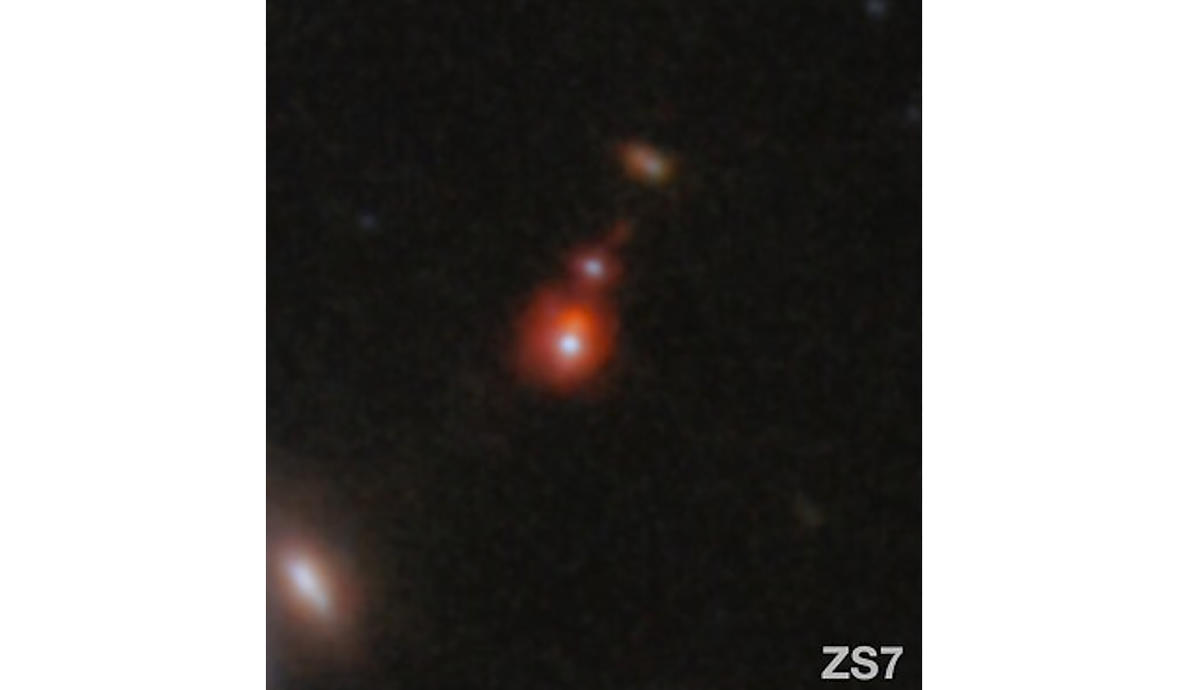The world’s most powerful space telescope, NASA’s James Webb Space Telescope, has just released the sharpest infrared images to date of the Horsehead Nebula, a small dark nebula in the constellation Orion that acts as a nursery for newborn stars.
Captured in unprecedented detail, the image of the nebula focuses on a portion of the horse’s “mane” that is about 0.8 light-years in width and roughly 1,300 light-years away from Earth.
“The observations show a part of the iconic nebula in a whole new light, capturing its complexity with unprecedented spatial resolution,” reports the European Space Agency (ESA).
Webb’s image of the Horsehead Nebula is the newest, but it’s not the first. Discovered in 1888 by Scottish astronomer Williamina Fleming, the nebula is a favorite subject for amateur and professional astronomers and has graced the cover of astronomy books for over a century.
For the first time ever, thanks to Webb’s MIRI (mid-infrared instrument) and NIRCam (near-infrared camera) instruments, small-scale structures — such as blue-colored clouds and red-colored wisps — of the illuminated edge of the Horsehead Nebula can now be seen.
“The ethereal clouds that appear blue at the bottom of the image are filled with a variety of materials including hydrogen, methane, and water ice,” states Webb’s news release. “Red-colored wisps extending above the main nebula represent both atomic and molecular hydrogen. … Ultraviolet light from nearby young, massive stars creates a mostly neutral, warm area of gas and dust between the fully ionized gas above and the nebula below. As with many Webb images, distant galaxies are sprinkled in the background.”
Horsehead Nebula: Yeigh or Neigh? 🐴
The Horsehead Nebula is famously known for…looking like a horse’s head. Webb captured the top of the “horse’s mane,” giving us the sharpest infrared images of the region to date: https://t.co/2SDdbAOkYM pic.twitter.com/0zWxukU4EA
— NASA Webb Telescope (@NASAWebb) April 29, 2024
In 2023, ESA’s Euclid telescope released an image of the nebula that it captured in just one hour with a single observation, revealing previously unseen Jupiter-mass planets in their celestial infancy.
Prior to that, in 2013, in honor of the telescope’s 23rd anniversary, the Hubble Space Telescope released an image that captures plumes of gas in infrared and reveals a delicate structure that is normally obscured by dust.
Located to the south of the star Alnitak, the easternmost of Orion’s famous three-star belt and part of the vast Orion molecular cloud, the Horsehead Nebula is the closest giant star-forming region to Earth.
While Webb’s image of the nebula is the latest, it likely will not be the last, as the stellar nursery is the birthplace of planets, young brown dwarfs and baby stars.
“We are particularly interested in this region because star formation is taking place in very special conditions,” explained Euclid legacy scientist Eduardo Martin Guerrero de Escalante of the Instituto de Astrofisica de Canarias in Tenerife, Spain.

Dr. Sarah Adams is a scientist and science communicator who makes complex topics accessible to all. Her articles explore breakthroughs in various scientific disciplines, from space exploration to cutting-edge research.





